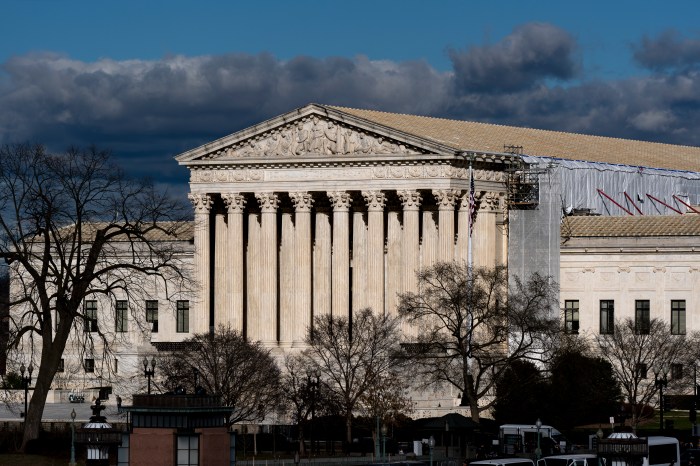If you’re planning a trip to Aragon, Spain, here’s a tip: Pack a toque, as well as your bathing suit. The region, which stretches from the French border to Valencia, boasts mountainous terrain and more than its share of unique towns and attractions. And it’s off the beaten track, so crowds are scarce.
TERUEL
A few years back, the good people of Teruel, Spain, started a campaign to draw more attention to their city and province. The slogan they came up with: “Teruel Exists.”
Well, you have to start somewhere.
The cheeky campaign has helped to stem the region’s declining population and secure some much needed government funding. But Teruel’s charms still derive from its isolation in the rugged mountains of southern Aragon, and the feeling one gets that little has changed here for centuries.
A city of 35,000, it is hard to find anyone here who speaks a word of English, which is, of course, as it should be. The old city is connected by a towering bridge to the non-descript new city. Its four mudejar towers dating to the late 13th century, and the ornately decorated roof of Santa Maria de Mediavilla Cathedral, have been declared UNESCO World Heritage Sites.
ALBARRACIN
About 30 kilometres from Teruel sits Albarracin, a perfect jewel of a medieval town, perched on a hillside.
The surrounding caves are home to 6,000-year-old prehistoric drawings, while the mountainous terrain is popular with climbers.
The town’s origins are Muslim, from the 9th century, but it was conquered in 1285 and brought into the Kingdom of Aragon.
A steady climb lands you in the compact Plaza Mayor, one of the only flat parcels of land on offer. Children are playing soccer here, using pillars outside the city hall as goalposts.
The streets of Albarracin are steep and incongruent, falling into each other at odd angles, like an Escher drawing. One house’s walls narrow into a point, a sharp triangular corner that would give an interior designer fits.
The buildings are a uniform copper colour, a result of the oxidation of iron in the local plaster, and regulations preventing residents from painting the outside of their buildings.
Unlike similar medieval towns across Europe, there is no crush of tourists here. It is virtually deserted.
Albarracin has been nominated to become a UNESCO world heritage site, but there has been a hold-up — it seems the locals are reluctant to part with some of their creature comforts, like the satellite dishes that protrude from the buildings — to achieve the required authentic look.

Joe Hood/Metro Toronto
The Monastery San Juan De La Pena — an 11th-century monastery carved out of the face of a towering cliff — sits high in the Pyrennes mountains.
MONASTERY SAN JUAN DE LA PENA
Northern Aragon contains its treasures, too. High in the Pyrennes, near the French border, sits the Monastery San Juan De La Pena — an 11th-century monastery carved into the face of a towering cliff.
The first sensation here is cold — the nearby city of Jaca has unsuccessfully bid for the Winter Olympics four times — and a toque would not go unappreciated.
In the 11th century, a few dozen benedictine monks lived there, making it the first place in Spain to serve the latin mass. The romanesque cloister built in the 12th century features a series of pillars with carvings depicting scenes from the bible, which the monks used to learn their lessons.
In 1675, a fire raged for three days, destroying much of it. At the mercy of rock slides, the monks eventually left, until the monastery was rebuilt in the baroque style.
Many of the early kings of Aragon are buried here, and rumour has it the Holy Grail was once brought here for safekeeping.
LOARRE CASTLE
In the foothills of the Pyrennes, in Huesca province, sits another medieval masterpiece, the Loarre Castle.
Started by Sancho of Navarro, King of Aragon, in the early 11th century, the romanesque fortress sits dauntingly atop a rock outcropping, high on the hillside overlooking the fertile valley below.
Built to defend Sancho’s territory, the intimidating castle was never attacked, but on this day the cierzo, a cold wind from the northwest, has laid siege. Strong enough to round off the tops of Los Mallos — rock monoliths in the neighbouring countryside — it is also strong enough to make you lose your balance.
The castle was also used in the filming of the movie Kingdom Of Heaven.


















